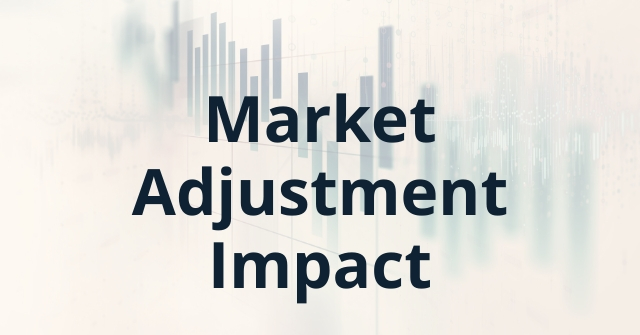What is a balance forward plan?
A balance forward plan is a qualified defined contribution plan, such as a 401(k) or profit sharing plan, where accounts are valued monthly, quarterly, semi-annually, or annually—instead of on a daily basis.
Can participants receive their full vested account balance through withdrawals or loans (including Coronavirus-Related transactions)?
- While most plan sponsors either choose to allow the full amount or decide not to adopt the new provisions at all, some—most likely those whose plans are administered on a “balance forward” basis—may elect to adopt the new provisions while administratively limiting the amount to less than 100% of a participant’s vested balance.
- The CARES Act allows plan sponsors to temporarily offer CRDs from their plans and increase the loan amounts that plan participants may take.
- The Act states the limit is the lesser of $100,000 or 100% of the participant’s vested balance.
Why should balance forward plans with pooled investments limit withdrawals or loans (including Coronavirus-Related transactions)?
- Balance forward plans are generally valued once per year. Due to their infrequent valuations, the actual value of plan assets will be different from the amount determined at the last valuation date.
- CAUTION: In financially turbulent times such as these, market fluctuations can make the present value of plan assets much lower than when the plan was last valued, making balance forward plans vulnerable when processing any withdrawal.
- For example, if a plan was last valued on December 31, 2019 at $1 million, but the financial markets are down 20% from the last valuation date, the plan could currently have around $800,000 (versus the $1 million valuation).
- Plan sponsors have a fiduciary duty to administer their plans fairly for the benefit of all their participants. In the unlikely event that all (or most) participants in a plan request distributions in the scenario above, the plan assets might be fully depleted before everyone gets paid.
- In addition, if a plan terminates after a deeper economic downturn, participants that haven’t already taken their balances from the plan might get shortchanged. Therefore, it’s important that plan sponsors be careful not to create a situation that could end up risking participants’ retirement savings.
If my plan is considered a balance forward plan with pooled investments, what should I do to avoid the risk of improperly depleting plan assets?
- Consider limiting the percentage that participants can take from their vested balance as a loan or CRD.
- While we cannot advise you on an appropriate percentage, many plan sponsors will choose to limit loans and CRDs to 70% of each participant’s last account valuation, maybe less. The amount of the reduction is generally relative to the decline in the market.
- Reducing available withdrawal amounts diminishes the risk described in the previous question. Ultimately, the decision to limit the percentage of vested balance available for distribution is up to the plan sponsor.
- Create an interim valuation for your plan. A plan document may permit the administrator to require a special interim plan valuation to help manage outlays when participants take withdrawals from a balance forward plan during a market downturn. However, many fiduciary issues must be evaluated before this decision is made, so please consult with your FuturePlan consultant before considering this option.
How do I memorialize my decision to limit the percentage of vested balance available?
- You will be able to confirm this decision and elect other provisions in the plan sponsor Election Form.
- While this decision to limit the amount of the distribution is common in balance forward plans, you should clearly communicate this limitation with participants who request a CRD or a loan.
- Let them know that the amount available to them will be less than they may have estimated from their last account statement.
- Notifying them about this limit will make things easier for both you and your participants.
- Please make sure to administer the CRD and loan limitations consistently for all of your participants, just as you would for any other plan provision.
We’re here for you.
Reach out to your FuturePlan TPA consultant for support and expert guidance throughout this difficult time. We’re ready to help you answer client questions and make informed decisions, connecting you with ERISA experts and providing any other expert advice you may need.
FuturePlan by Ascensus provides plan design, administration and compliance services and is not a broker-dealer or an investment advisor. Copyright ©2020 Ascensus, LLC. All Rights Reserved.

